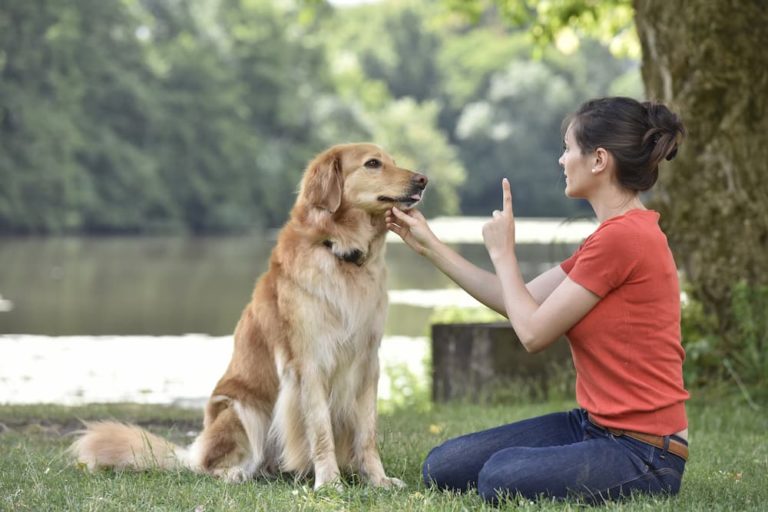How to Become a Certified Dog Trainer
Why Become a Certified Dog Trainer?
When choosing dog training as a career path, your first online search might be “how to become a certified dog trainer”. A better search might be “why become a certified dog trainer?”. While most people would cite “love of dogs” as their top reason for entering the career, the profession boasts a lot of advantages besides getting up close and personal with lots of cuddly canines.
First, dog training offers flexibility. You can pick it up as a part time gig, make it a full time career, be your own boss, or work for a training facility, pet store, or animal shelter. You can also be assured that dog trainers will always be in demand. The U.S. Bureau of Labor Statistics predicts a steady, above average growth rate for an industry that serves a rising number of pet owners willing to spend record amounts of money.
Trainers enjoy a great deal of variety in their lives; there is no such thing as a same-old same-old humdrum day when you work with dogs. Dogs, like people, learn in different ways, so you will keep your problem solving skills honed figuring out what works with each individual animal.
Oh, and you should know up front that you will be training people as well as training dogs.
Wait–What Do You Mean “Training People”?
If you think dog training only involves teaching dogs, you need to understand that half the battle requires getting the dogs’ owners to understand and cooperate. Some owners are wonderfully supportive of the training process, happy to enter into partnership with their dog, and grateful for a trainer’s help. Others…not so much.
Sadly, the bulk of many dog trainers’ careers are not spent training good manners to bouncy puppies. Too often, dog owners never bother with a trainer or obedience classes until problems arise–problems that are often human-created and human-reinforced. For example, behaviors such as begging for table scraps or jumping up to greet someone may be cute and may be rewarded as such…until the behavior becomes annoying or even dangerous. The dog is not the problem in this scenario but the lack of obedience training or boundaries. Therefore, correcting problem behaviors in dogs relies upon human cooperation, patience, and sticktoitiveness.
What Steps Should I Take to Become a Dog Trainer?
First and most obvious, work with your own dog. Make sure your pet can perform not just the basics, but more advanced commands. If you are not sure how to begin, there is no shortage of educational tools at your disposal. You can find many helpful videos online as well as reading lists for would-be trainers. If you have friends with dogs, they may be happy to let you practice your skills. Such hands-on experience is crucial. If you can find a mentor to shadow or a place to volunteer, such as an animal shelter, awesome!
Do I Need Certification or a License?
Shockingly, you do not currently need a license or any specific certification to become a dog trainer, but–and this is a big but–you should absolutely consider getting certified. Becoming a certified dog trainer by meeting the rigorous requirements set by an accrediting organization such as the Association of Professional Dog Trainers (APDT) proves to prospective clients and employers that you have the skills and hours of experience to declare yourself a professional.
Fortunately, becoming a certified dog trainer does not take years of study and experience, nor does it require attendance at a brick and mortar school. Excellent online programs, such as the one offered by Animal Behavior College, provide students a comprehensive foundation in all the elements of dog training then give them hands-on experience in an externship working with a professional mentor nearby. Earning your certification can take as little as 12 months!
When Can I Start?
Why not now? As an online program, you can enroll at Animal Behavior College any time. Just call 800-795-3294 to speak to an admissions counselor and get the ball rolling!





